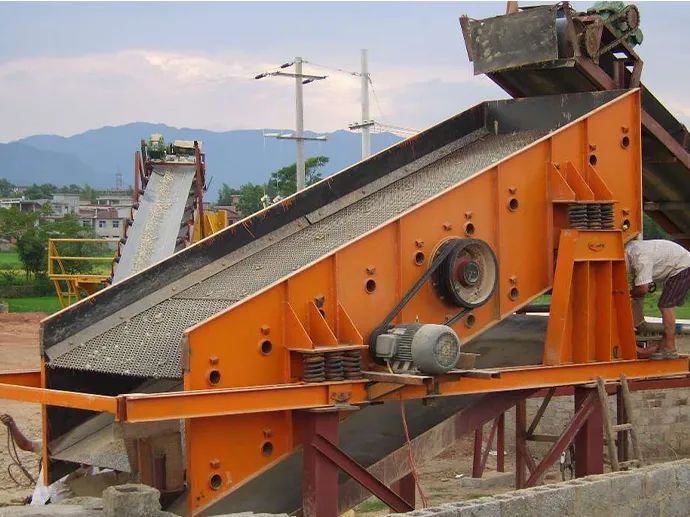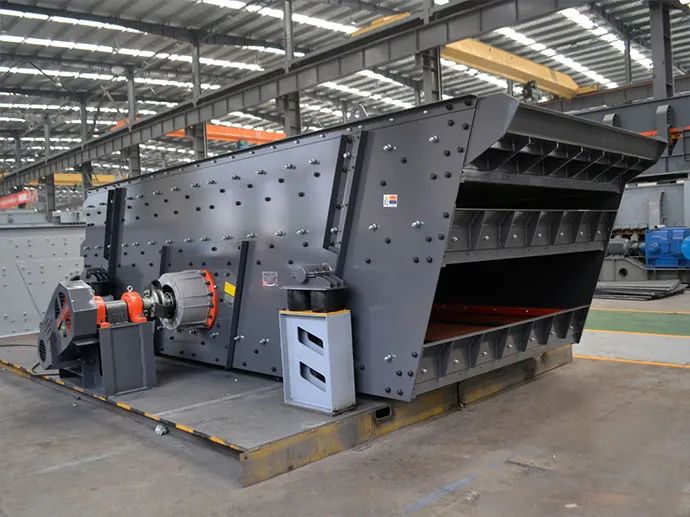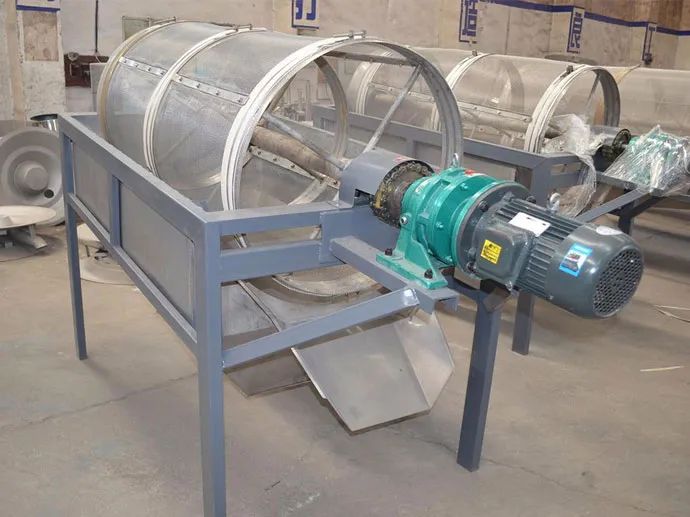In the realm of screening technology, the linear vibrating screen stands out for its remarkable advantages. With its low energy consumption, stable vibration pattern, and high screening accuracy, this technology has gained traction. Notably, its energy consumption is merely a quarter of that of other screening machines. The fully enclosed design further minimizes dust pollution.
Powered by vibration motors, the linear vibrating screen achieves its distinctive motion. Materials, placed under the influence of the vibrating motors, are continuously propelled forward in a linear trajectory. This technology finds extensive application in fine particle separation and the removal of heavy impurities.
The use of vibration motors ensures efficient vibrational force, enhancing the material separation process. Its energy efficiency, stability, and precision contribute to its popularity in various industries, including mining, metallurgy, and chemical processing.
Embracing a forward-moving trajectory in innovation, the linear vibrating screen redefines efficiency and accuracy in particle separation methods.

The circular vibrating screen, characterized by its circular motion trajectory, is a dynamic screening device known for its high efficiency, strong vibrational force, and resistance to screen clogging. Particularly suitable for large stone processing plants, this technology has gained popularity.
A significant advantage of the circular vibrating screen lies in its multi-layer design. Each layer of screening surface corresponds to different discharge specifications, often accompanied by a recycling layer. This design is well-suited for industries dealing with materials like sand, stone, construction materials, and chemicals.
Beyond classification in sectors such as sand and gravel, construction materials, and chemical industries, the circular vibrating screen finds use in material dehydration, desliming, and de-intermediation processes. Its versatility and adaptability make it a valuable asset in various material handling scenarios.
With its multi-layer structure and adaptable design, the circular vibrating screen has proven itself as an essential tool for large-scale material classification and treatment.

The roller screen is often used for the classification of powder materials, the mesh number is between 60-200 mesh, the structural design is simple, the screening effect is good, the installation tilt Angle is small, it is not easy to clog, the noise is low during operation, and the dust pollution is relatively environmentally friendly.

The shape of the sieve box is similar to bananas, so it is called banana sieve.
Banana screen, also known as curved screen, is designed by injecting several segments of banana-like screen surface into the linear vibrating screen, with a box vibrator, its motion trajectory is elliptical, and the screen surface has a large inclination Angle.
It is mainly used for the classification of materials with high fine particle content, and fine particle refers to the size of the screen with less than half the size.
